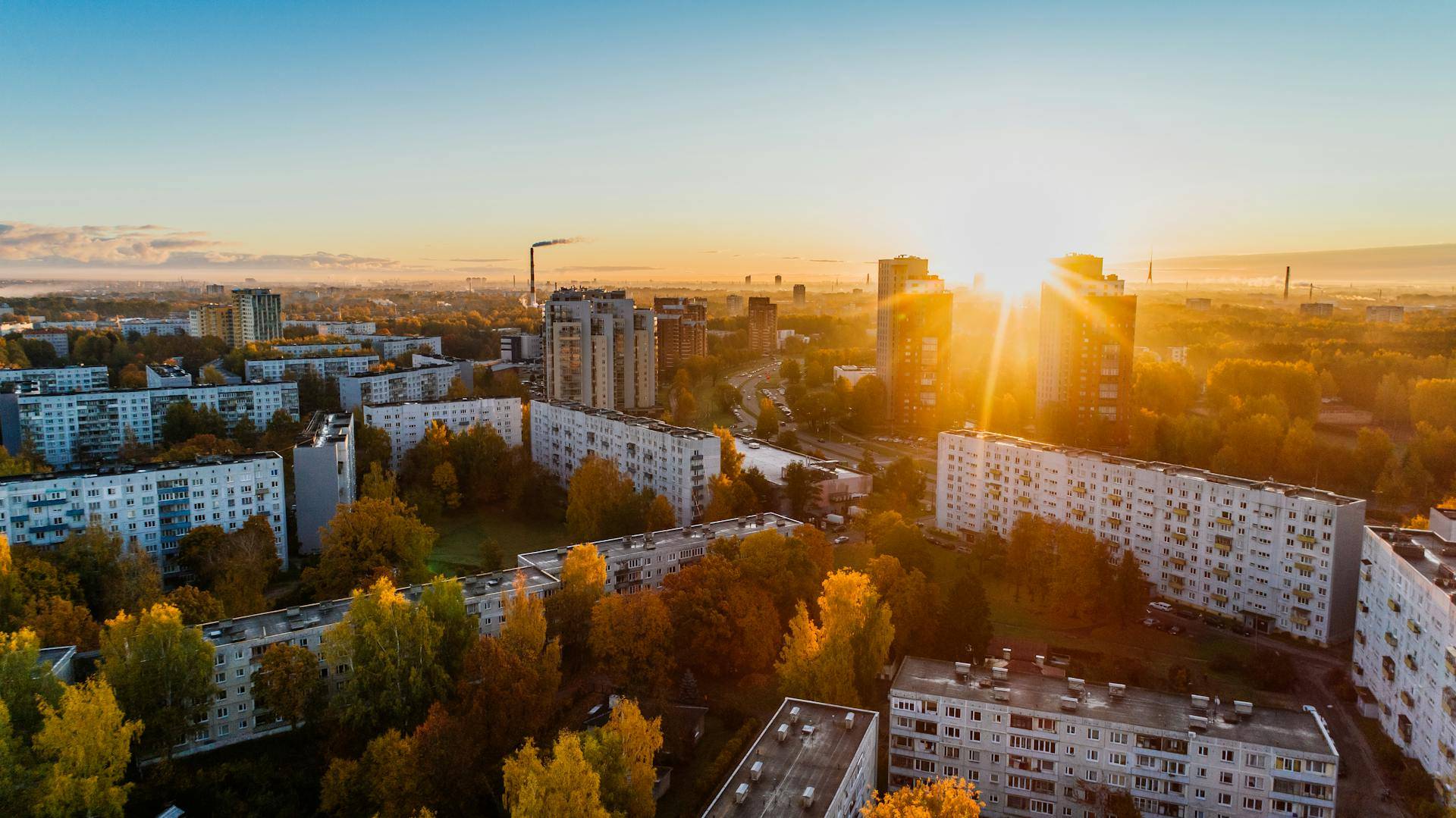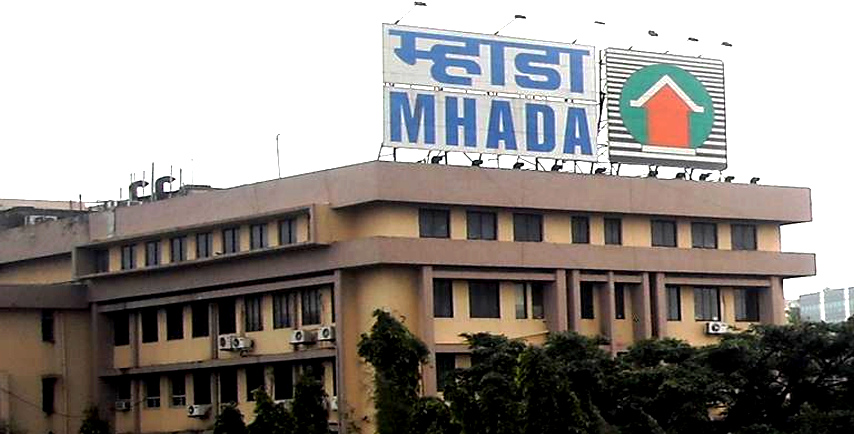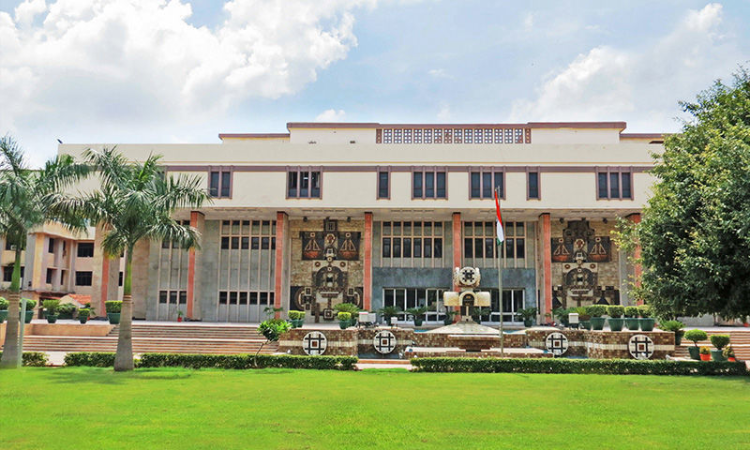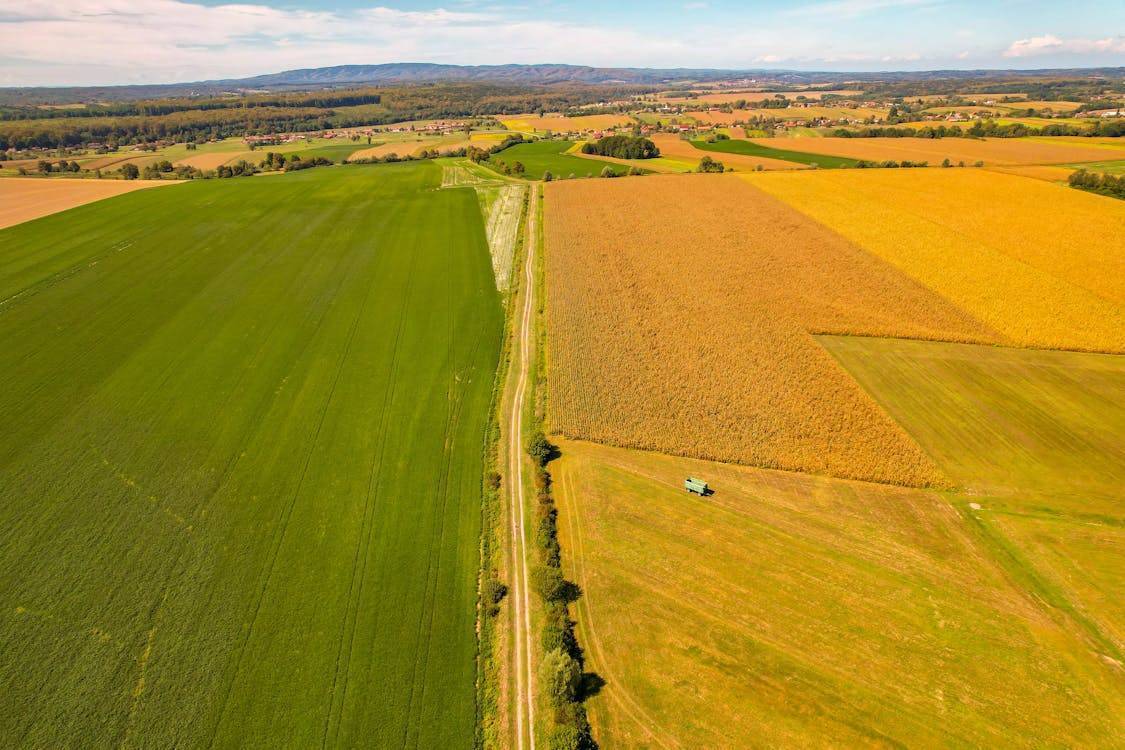Residential Real Estate Sales Rise 77% Since FY2019: Grant Thornton Bharat Report
India’s residential real estate market has witnessed a sharp revival, with home sales rising by nearly 77% from FY 2019 to FY 2025. According to a recent report by Grant Thornton Bharat, sales volumes across major cities have grown from 3.07 lakh units in FY 2019 to 5.44 lakh units in FY 2025, marking a strong V-shaped recovery after the pandemic. The report attributes the momentum to improving buyer sentiment, evolving consumer preferences, and a maturing regulatory framework under RERA.
Key Drivers and Emerging Trends
Primary Market Momentum
Sales in the primary segment—comprising new launches and under-construction homes—have shown considerable strength. As of FY 2025, 57% of total sales were from the primary market, up from earlier years. The report notes this shift reflects rising buyer confidence in branded developers, stricter compliance under RERA, and improved construction-linked payment mechanisms.
Secondary Market Growth
While the primary segment expanded, resale activity also saw traction. The share of secondary (resale) transactions rose to 43% in FY 2025, compared to 38% in FY 2019. Buyers are increasingly opting for ready-to-move-in properties in well-established locations to avoid project delays and uncertainty.
Luxury Segment Expansion
High-value residential units, especially those priced above ₹1 crore, recorded a notable uptick. Demand has been driven by higher disposable incomes, lifestyle upgrades, and location-specific luxury offerings in cities like Gurugram, Bengaluru, and Mumbai.
Mohit Agarwal, Business Head, Conscient Infrastructure Pvt. Ltd. said, "Luxury homes are becoming the new normal for young buyers in Gurugram, driven by a blend of aspirational, investment acumen, and lifestyle expectations. With high-end infrastructure, immaculate connectivity, and a thriving corporate ecosystem, Gurugram offers the apt standards of living that appeals to millennials and young professionals seeking more than just a residence. They seek smart features, holistic amenities, and a community-centric environment. The surge in high-rise luxury developments, coupled with attractive property offerings, reflects a generational shift where young buyers view luxury real estate as both a status symbol and a smart investment tactic. New Gurugram, in particular is emerging as a seamless blend of modern luxury and strategic urban planning, making it a hotspot for discerning young homeowners. Gurugram's dynamic growth pattern further ensures that luxury living is not just a fleeting trend, but the new benchmark for urban homeownership."
Institutional and Private Equity Inflows
Investor activity in the sector has remained robust. The report notes that real estate transactions in FY 2024–25 touched $6.99 billion, with private equity accounting for $3.15 billion, the largest share. The rise of alternative investment platforms, including small and medium REITs, has contributed to better capital access and higher transparency. Investments have also expanded into emerging verticals like data centers, warehousing, and logistics—reflecting broader confidence in real estate as a long-term asset class.
Rakesh Malhotra, Founder and Chairman of PRIME Developments, said ,"The Indian residential real estate market has demonstrated extraordinary resilience and dynamism in the post - pandemic period, sales across major cities surging by an impressive 77% between FY 2019 and FY 2025. This trend is a reflection into the renewed confidence in homeownership, driven by growing lifestyle aspirations, rising disposable incomes, and a strong desire for asset security. Notably, both primary and secondary market segments have seen a positive momentum, reflecting a growing appetite for new developments. As we move forward, this growth, sustained by technological innovation and a stable policy environment is expected to sustain the sector’s upward movement."
Policy and Market Enablers
Supportive Reforms and Digitization
Structural reforms such as RERA, GST streamlining, and incentives for affordable housing have supported buyer sentiment and market accountability. Additionally, the adoption of digital property registration, online approvals, and virtual site visits have helped developers maintain continuity and improve transparency during sales cycles.
Tier-2 City Growth
Cities like Indore, Lucknow, Kochi, and Coimbatore are witnessing increased traction due to better connectivity, infrastructure upgrades, and growing employment hubs. Developers are launching mid-income and premium offerings in these markets to tap into aspirational demand and rising migration.
Flexible Living Formats on the Rise
The rise of co-living spaces, organised rental housing, and hybrid work models has further diversified housing demand. These formats cater to students, young professionals, and mobile workforces, especially in tech-centric cities like Bengaluru, Pune, and Hyderabad.
India’s residential real estate is expected to maintain its upward trajectory through FY 2026 and beyond. Sustained policy backing, improving infrastructure, and evolving buyer aspirations are positioning the sector as a core component of India’s economic revival. Industry analysts predict continued strength in luxury, mid-income, and alternative residential formats, alongside deeper investor participation through institutional channels.





